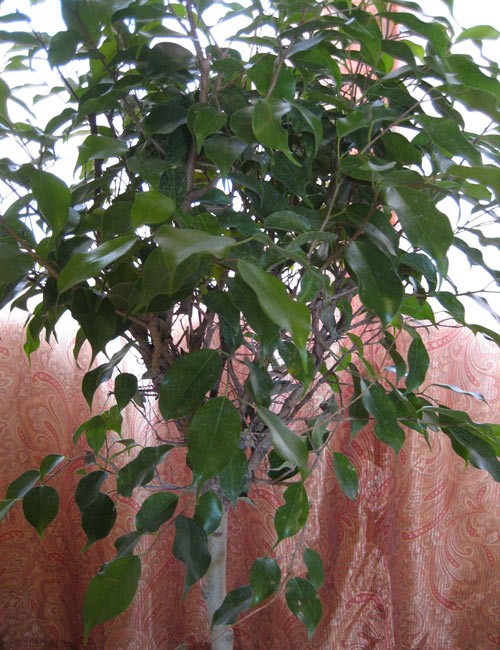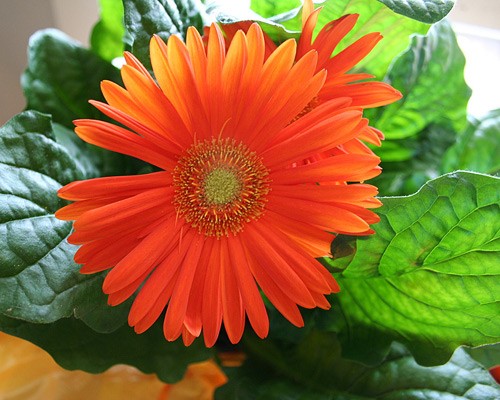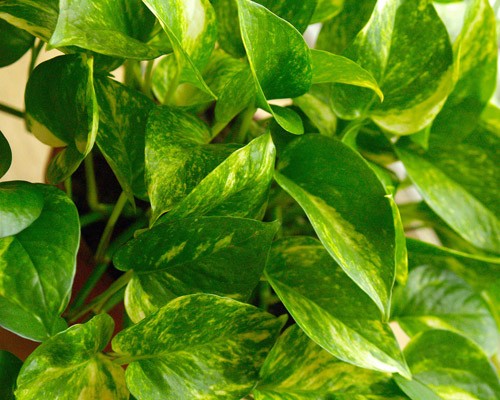If you read our blog regularly (and we hope you are!), you know Good Earth Plants is always looking for new ways plants can benefit you. One of the most important ways is to keep the air in your interior environment at work and home cleaner.
Plants work their magic in part by absorbing toxins into their leaves. When plants scrub these toxins out of the air by processing them through photosynthesis, you don’t process them by breathing them into your lungs.
There isn’t another indoor environment with more concern about keeping its air clean than a space ship, space shuttle, or space station. You can’t exactly open a window. So it isn’t too surprising that NASA was the first to research which plants filtered the air at the International Space Station most efficiently and effectively. The “Clear Air Study” was conducted in partnership with the Associated Landscape Contractors of America (ALCA).
Later, Dr. Bill Wolverton conducted additional research to find out exactly which plants removed specific types of chemicals. These findings are useful to us back on Earth. It gives us a list for plants to consider adding to our own orbit every day.

The Ficus Benjamina or Weeping Fig is a popular office plant, for good reason. Photo: J. Dugas, Flickr
The Top Ten Plants for Cleaning Your Air:
- English Ivy (Hedera helix)
- Spider Plant (Chlorophytum comosum)
- Golden Pothos (Scindapsus aures or Epipremnum aureum)
- Peace Lily (Spathiphyllum ‘Mauna Loa’)
- Chinese Evergreen (Aglaonema modestum)
- Bamboo palm or reed palm (Chamaedorea sefritzii)
- Snake plant (Sansevieria)
- Philodendron (all types)
- Dracaena (all types)
- Weeping fig (Ficus benjamina)
Other good choices include a few beautiful flowers: Gerbera daisies, chrysanthemums, and orchids.
What do these plants have in common that makes them so efficient at processing toxins over other types of plants? Most of the plants on the list evolved in tropical or subtropical environments. Because of this, they developed the ability to grow and flourish in natural environments where there is reduced sunlight because of dense jungle. Every plant fights for space and light. Their leaf composition allows them to photosynthesize well. Those plants that do well in the jungle also do well in limited office or household indoor light.

Can you believe beautiful flowers like this Gerbera daisy is also good for your indoor environment? Photo: BevKnits, Flickr
To maximize the benefits, put some of these top performing plants in rooms with heavy electrical use and high fume potential like TV rooms, near computers and other electronics, and in your kitchen.
You should have one plant for ever 100 cubic feet of air. If you could use help bringing plants into your environment, give Good Earth Plants a call.

